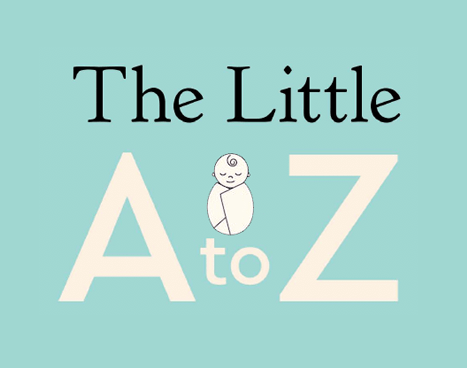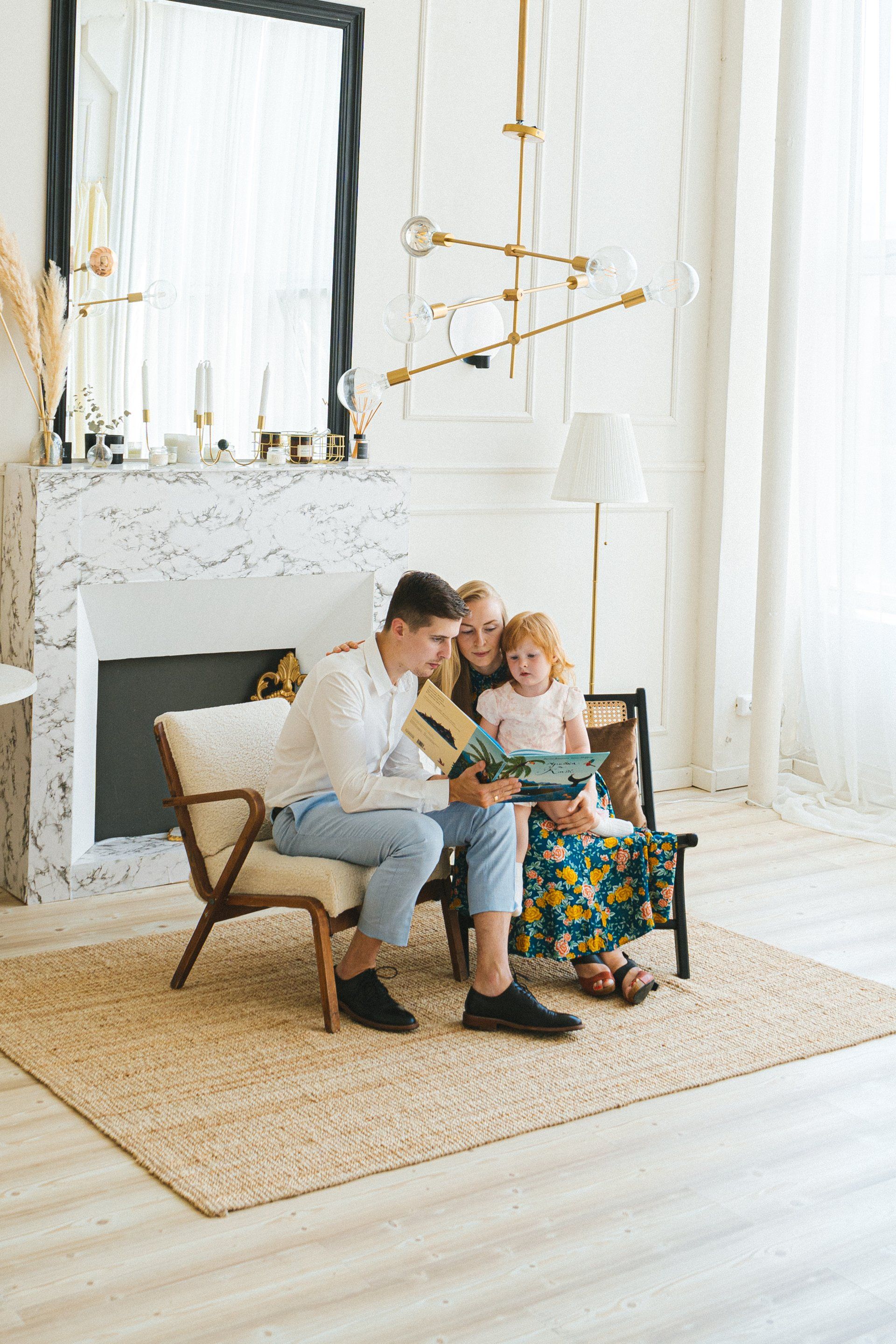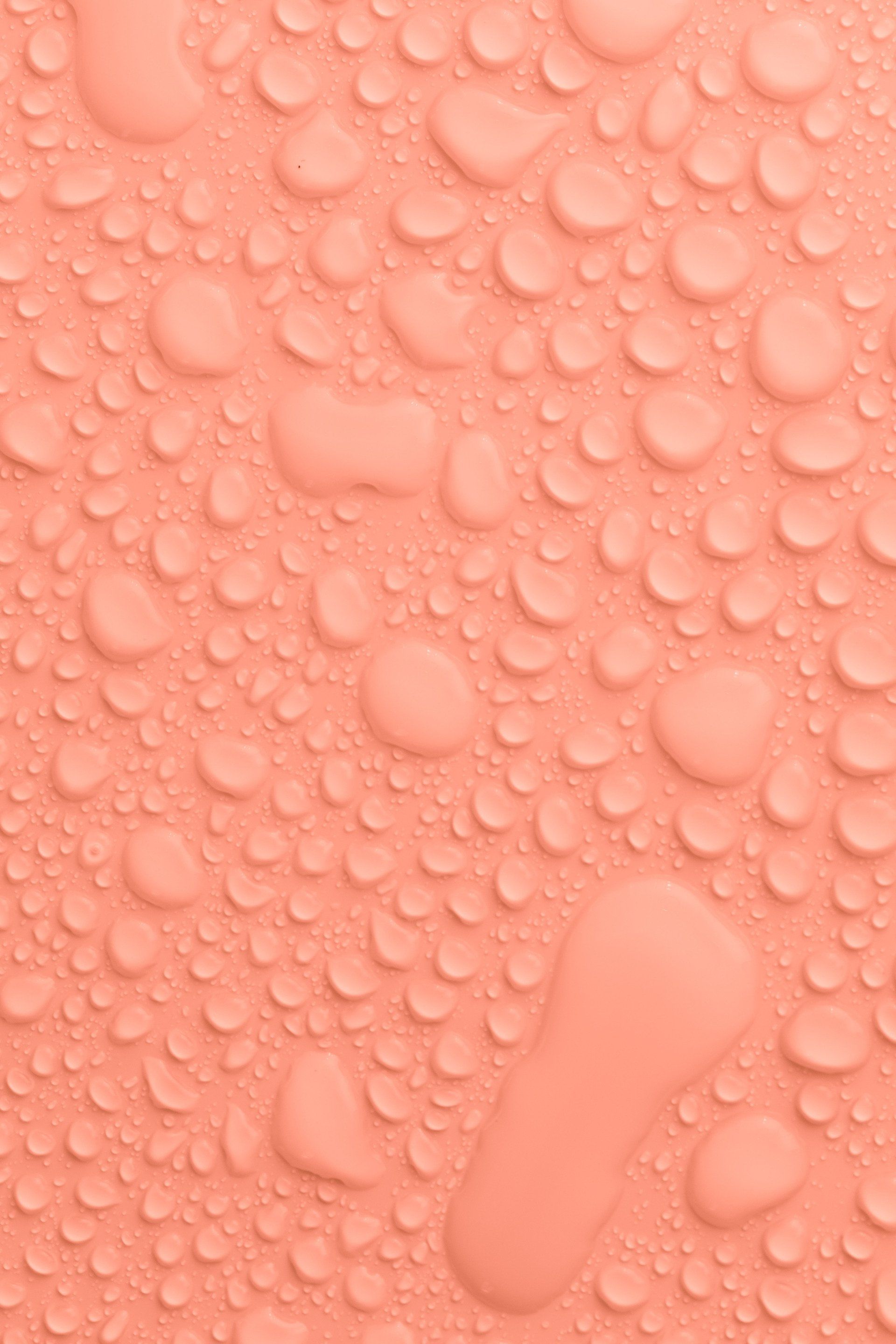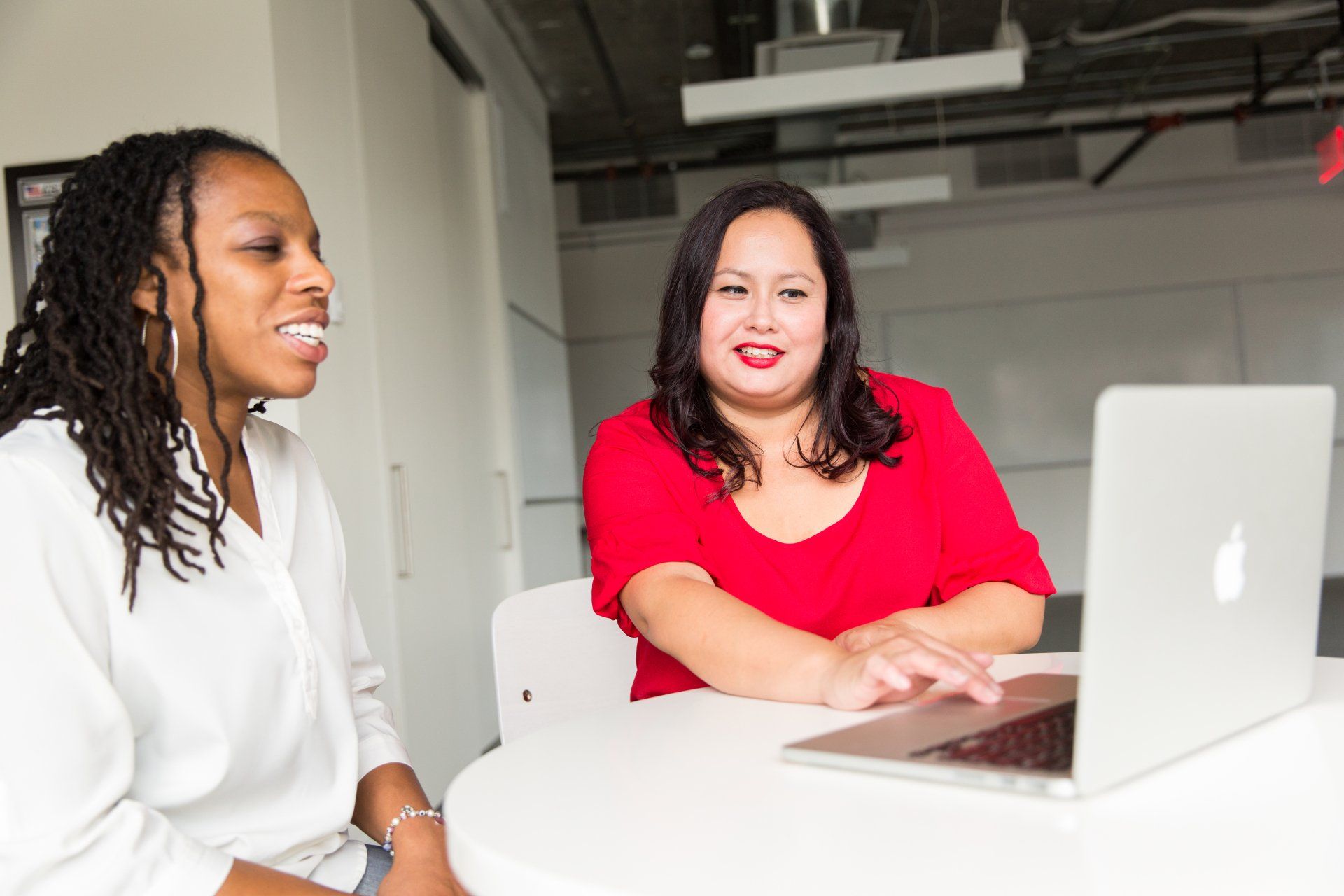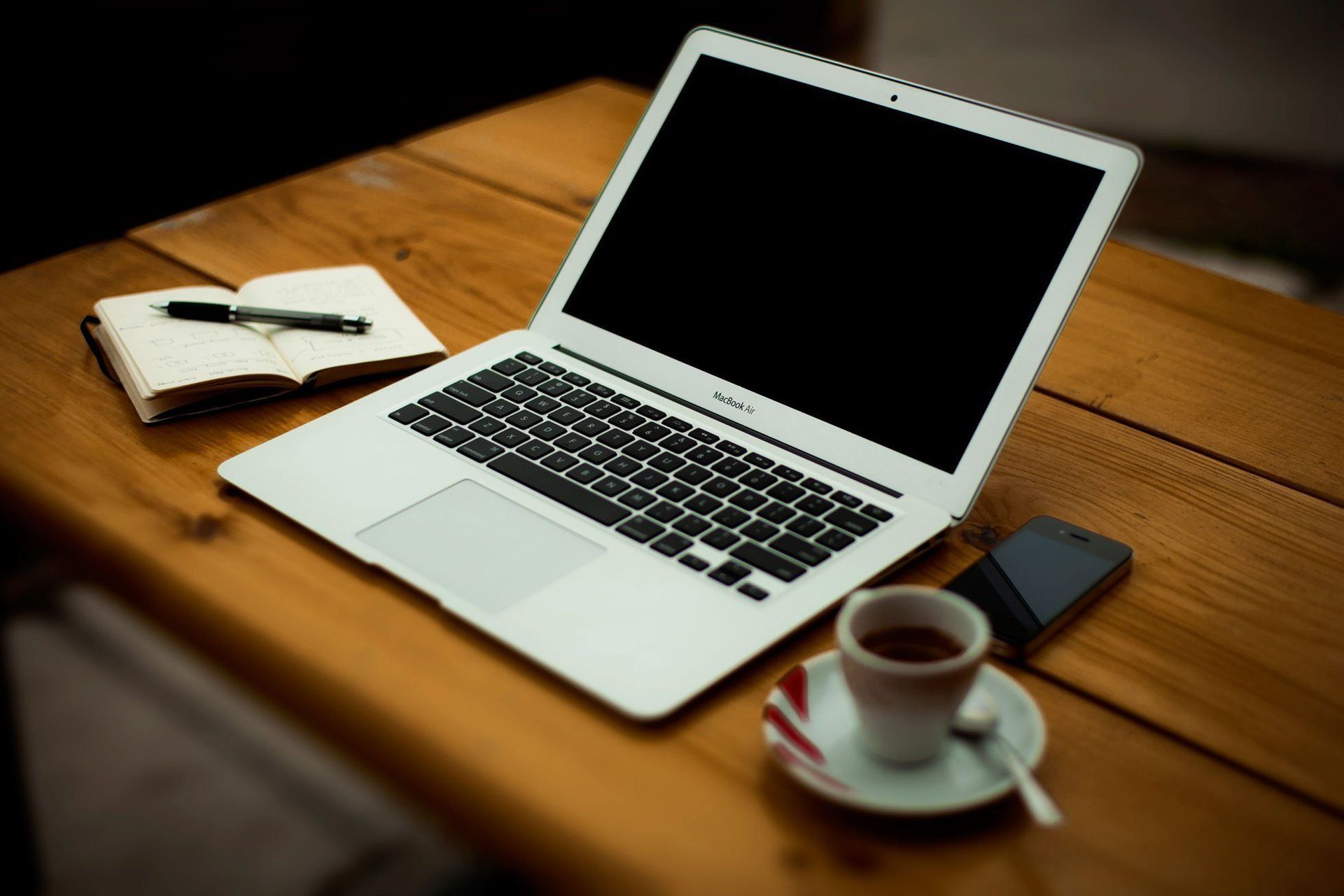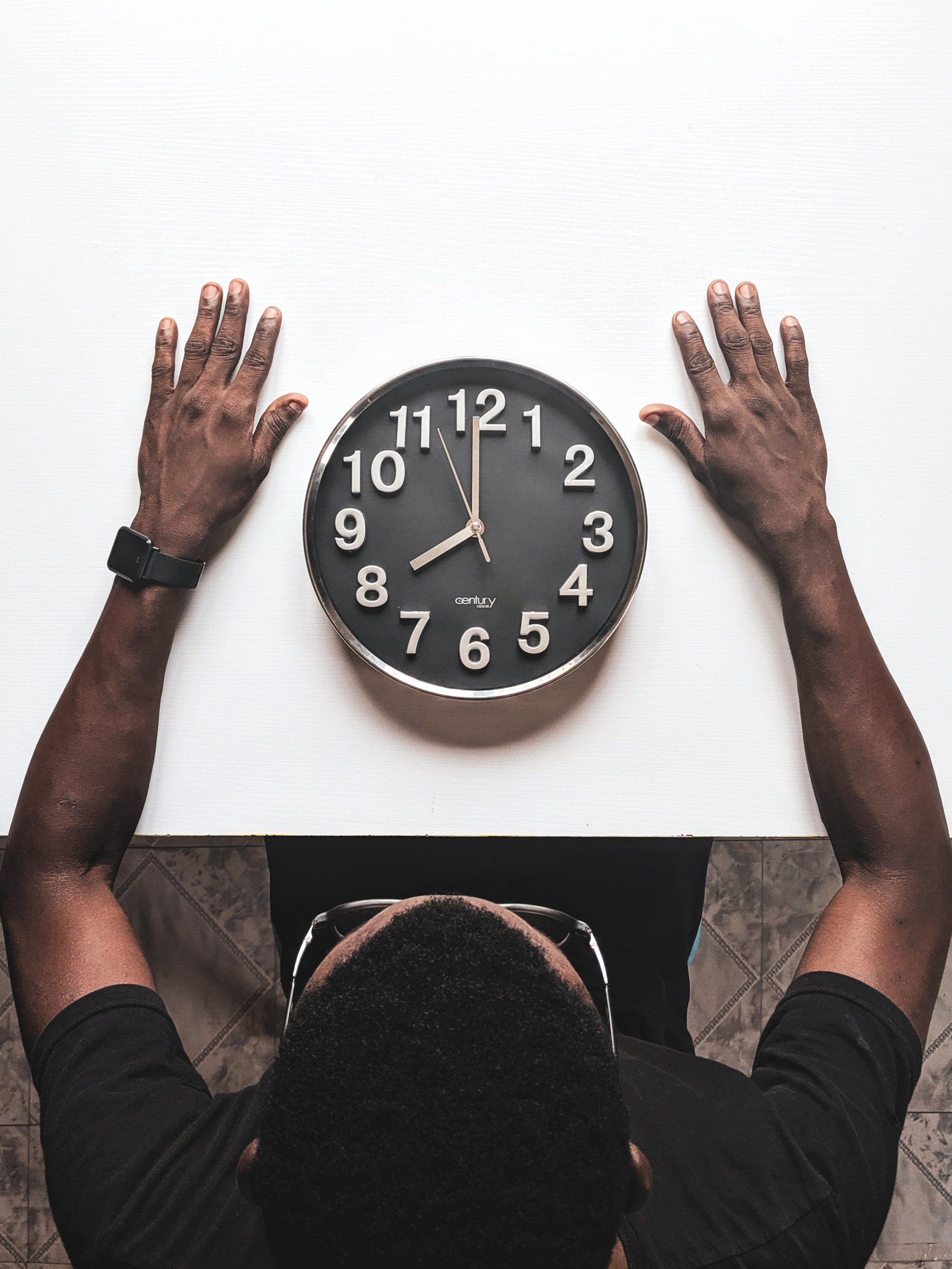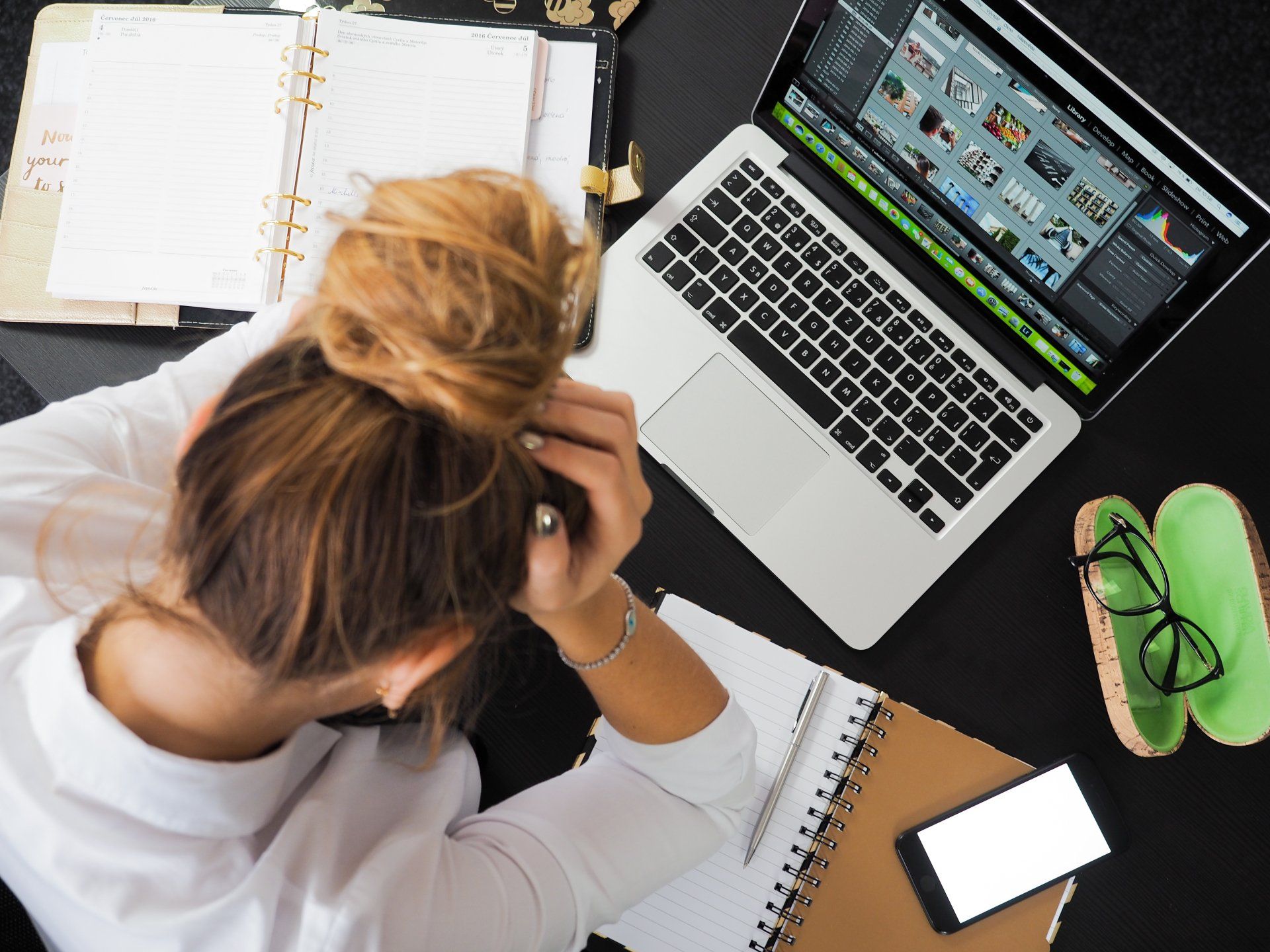Barbara Hepworth
What this famous British artist can teach us about parenting

I love when a passage in a book strikes you so perfectly, depending on your circumstances at the time. It's like a meditation that you've been listening to, and suddenly you hear it differently one day and something clicks in your heart and mind. I had one of those moments the other day as I was reading Barbara Hepworth: Art and Life, a biography on the great British sculptor. You may recall this book as one from my 2022 reading list—a personal read gifted to me by my parents.
I recall the first time I took in the majesty of Hepworth's pieces in St Ives. My father was visiting me in England and proposed a weekend down in Cornwall. We rented a car, set off from the Berkshires, across the Downs, arriving after dark in early December to the seaside village of St Ives. We awoke the next morning, strolled down from our hotel past the surfers braving the ice-capped waves, and visited her studio. Since that first encounter with her sculptures I have made a point to seek her works out. Apart from the Tate St Ives and the Hepworth Wakefield Museum, her pieces are scattered throughout several world-renowned museums and galleries (see here for a full list https://barbarahepworth.org.uk/collections/).
Hepworth: Mother and Artist
Eleanor Clayton does an excellent job of weaving Hepworth's personal correspondence throughout Art and Life, in order to truly bring the “life” part of the book's title to fruition. IT is here in these correspondences, her musings on day-to-day life that have struck me.
Hepworth was a British artist coming into her own between and after the two World Wars—a time of great socio-economic upheaval and human tragedy. The historical context is important not only for its influence on her work but more so because she was a working professional tending to four children, 3 of whom were triplets, amidst a profoundly dislocating war and the Cold War that would ensue.
Early in her career when her first son was born, she did the unusual thing for women at that time: she took in a nanny and later found her son a nursery which allowed her to work in her studio during the day. When the triplets arrived, her partner at the time lived in Paris, and Hepworth, on her own, made the agonizing decision to move her triplets into a hospital facility for their first year. Whilst partly on the grounds of ensuring their health, Hepworth is very open in letters to her partner that she also wants them somewhere so she can get find time for sculpting. Her letters describe with such honesty the tensions she felt: striking that balance between mother and working artist. She knew that in order for motherhood to flourish, she needed to nourish her creative self. But social conventions at the time made her a pariah in the eyes of society.
When WW2 approached, Hepworth and her family were invited to Cornwall to shelter from the attacks on London. It is a particularly difficult time for her career: living in a house where she was without a studio, having to move piecemeal her tools and supplies from London, and having to tend to her children with little help. Her description of this massive disruption to her routine and way of life mirrors, in many respects, the experience of parenting during the initial COVID-19 lockdown:
“I've slowly discovered how to create for 30 mins, cook for 40 mins, create for another 30 & look after children for 50 & so on through the day. It's a sort of miracle to be able to do it…”
Many of us could certainly relate to this segmentation of those early lockdown days, and all the frustrations that it produced.
In another passage, I could not help but laugh at her reaction to an art critic's review in 1943. He questioned the limited pieces she was able to contribute to an important war time show in London:
“He must know why I haven't produced many carvings—it's the WAR WORK…If I didn't have to cook, wash up, nurse children ad infinitum I should carve, carve & carve.”
Earlier on she had written to her partner in Paris, remarking how the war had taken its toll on households but particularly for women who had established some modicum of freedom outside the home:
“Life is very strenuous these days—the business of keeping going, feeding the family, gardening, mending, etc., etc…I'm not interested in 'when the war is stops'; it is an empty phrase—the war is & psychological demands are dynamic…Especially [for] women.”
As I read Hepworth's passages, I suspect many of us parents could identify with the struggle to establish new routines, to deal with great uncertainty, the stress of worrying for your children's welfare, and the loss of old ways.
Yet this was a breakthrough period for Hepworth. A time when she began experimenting with forms, color and materials. In the end, Hepworth did produce a phenomenal range of new pieces during the war that placed her on equal esteem with her male peers such as Henry Moore. And she did so while also growing to love the slow pace of the village life in St Ives and even remarked that a simple life —not full of the hustle and bustle of London—had its merits. Hepworth would struggle her entire career to rise above gender discrimination—whether condescending reviews or judgments from society on her choices. Yet her perseverance, as exemplified in her works, has left the world with a precious gift of creative expression to inspire future artists and the general public.
“Back to Normal”
More than ever I sense that as we finally emerge from the psychological stronghold of COVID-19, we are only now realizing the toll it has taken both physically and mentally on us. We've parented in ways we never imagined. We've worked in ways we never thought possible. We've adjusted and adapted with each new variant and public health guideline. We've missed out on important family and friend celebrations. We've missed the passing of relatives. We haven't grieved or rejoiced as we would have liked. And now we are being called back — back to work, to our 'normal' lives—but we have no real idea about what any of it means anymore because it isn't going back. It going forward but wth new patterns we have to establish. I take comfort now that if Hepworth could “do it all” (an expression she herself uses and advises women to assume or the sake of personal well-being, despite the physical exhaustion) during a war, we too will succeed.
In times like these, I find myself falling back on the tried and true tools that always seem to keep me somehow balanced:
Rising early
Meditating and doing yoga—Sacred meditation
Celebrating the ordinary —dressing, scent and routine
Planning, planning, planning
Making small moments of time with family
Talking to friends and colleagues about how they are managing
Getting help
Relooking at your goals to be inspired
Being honest about your limits and capabilities
Saying No.
Keep Reading
Hepworth's biography is not only inspirational to all parents out there trying to keep at the balance between parenthood, work and passions; it is also inspirational because it is an honest rendering of what life as a working professional is. The book is not an academic work filled with data nor a popularized 'self help' book. It is one individual's raw account of the trade offs and compromises born of relationships and how we are also the better for making these sacrifices. We learn this by being afforded a small glimpse into Hepworth's life. A privilege indeed.
So keep reading. And keep reading widely. You never know where the next inspiration for you as a parent, professional or individual may come from.
Happy Thursday!
